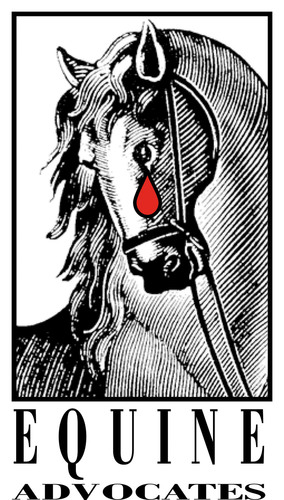November 27, 2010
Jared Bybee, Wild Horse and Burro Specialist
Department of the Interior
Bureau of Land Management
Billings Field Office
5001 Southgate Drive
Billings, Montana 59101-4669
VIA FAX: 406-896-5281
RE: Pryor Mountain Wild Horse Range Fertility Control Preliminary Environmental
Assessment Tiered to the Pryor Mountain Wild Horse Range Environmental Assessment and Herd Management Area Plan May 2009 EA DOI-BLM-MT-0010-2011-0004-EA
Dear Jared Bybee:
Background
I appreciate the opportunity to submit comments on the Pryor Mountain Wild Horse Range
Fertility Control Preliminary Environmental Assessment Tiered to the Pryor Mountain Wild
Horse Range Environmental Assessment and Herd Management Area Plan May 2009 EA DOI-BLM-MT-0010-2011-0004-EA. My background is in equine reproductive immunology and wildlife conservation. I applaud the Billings Field Office of the Bureau of Land Management (BLM) for a thoughtful approach to this issue. Cover letter 4700 (010.JB) dated November 2010 and signed by James M. Sparks, Field Manager states that the BLM would consider comments and revision to the EA or unsigned FONSI as appropriate. I urge a “no action alternative” as outlined on page 7 and 8 of the EA. This request is based on two pieces of new scientific evidence about effects of current immuno-contraception use.
Porcine Zona Pellucida (PZP) Contraception
The proposed action as stated on page 7 of this EA would exempt “mares ages 5-10 unless they have produced foals, or are part of a large bloodline.” This is reminiscent of the approach taken with the Assateague Island wild horse population. It is a compromise approach to this issue, in comparison to placing all mares on PZP. However a recent study shows that mitochondrial DNA diversity is low in the Assateague Island horse herd (Eggert et al. 2010). Since mitochondrial DNA is inherited from the mother (mare), this is evidence that female inherited genetics on Assateague Island wild horses is under represented. It is imperative that this be assessed before rolling out a similar management plan for the Pryor Mountain wild horses.
There is a recent Princeton University study on PZP effects. Consecutive PZP applications, analogous to the proposed action plan in this EA, showed that mares gave birth later in the season, and were cycling into the fall months (Nunez et al. 2010). In a state like Montana where freezing temperatures are found in the fall, this can have serious and long term effects on foal survivorship.
I must include a statement on long term consecutive use of PZP. Any form of PZP contraception is not completely reversible in mares depending on the length of use of PZP. Contraception can only be reversed when the antibody titer decreases to 50-60% of the positive reference sera (Liu et al. 2005). Mares treated for 7 consecutive years do not return to viable fertility (Kirkpatrick and Turner 2002; Kirkpatrick et al. 2009). The issue of reversible contraception is very important to be able to maintain wild equines in the United States. Long term treatment with PZP has inherent negative potential for this herd.
I am requesting a new look at the proposed fertility control action for the Pryor Mountain wild horses.
Sincerely,
Christine DeCarlo, Ph.D.
Lori S. Eggert, David M. Powell, et al. (2010). “Pedigrees and the Study of the Wild Horse
Population of Assateague Island National Seashore.” Journal of Wildlife Management
74(5): 963-973.
J. F. Kirkpatrick, A. Rowan, et al. (2009). “The practical side of immunocontraception: zona
proteins and wildlife.” J Reprod Immunol 83(1-2): 151-7.
J. F. Kirkpatrick and A. Turner (2002). “Reversibility of action and safety during pregnancy of immunization against porcine zona pellucida in wild mares (Equus caballus).” Reprod
Suppl 60: 197-202.
I. K. Liu, J. W. Turner, Jr., et al. (2005). “Persistence of anti-zonae pellucidae antibodies
following a single inoculation of porcine zonae pellucidae in the domestic equine.”
Reproduction 129(2): 181-90.
Cassandra M. V. Nunez, James S. Adelman, et al. (2010). “Immunoctraception in Wild Horses (Equus caballus) Extends Reproductive Cycling Beyond the Normal Breeding Season.” PLos ONE 5(10): 1-10.
(Posted for educational purposes)







